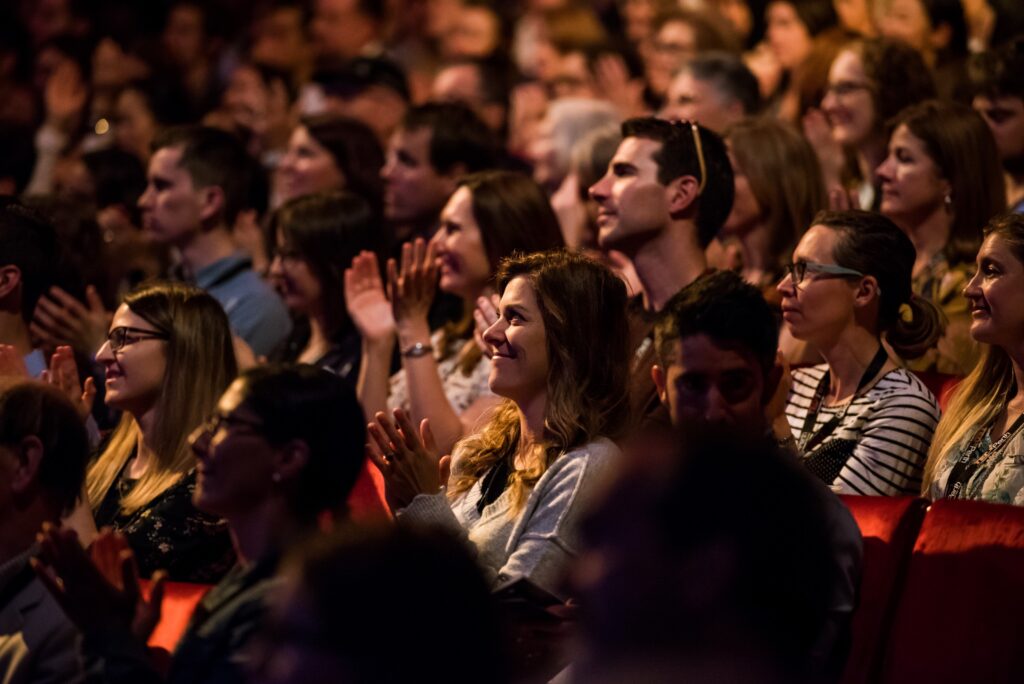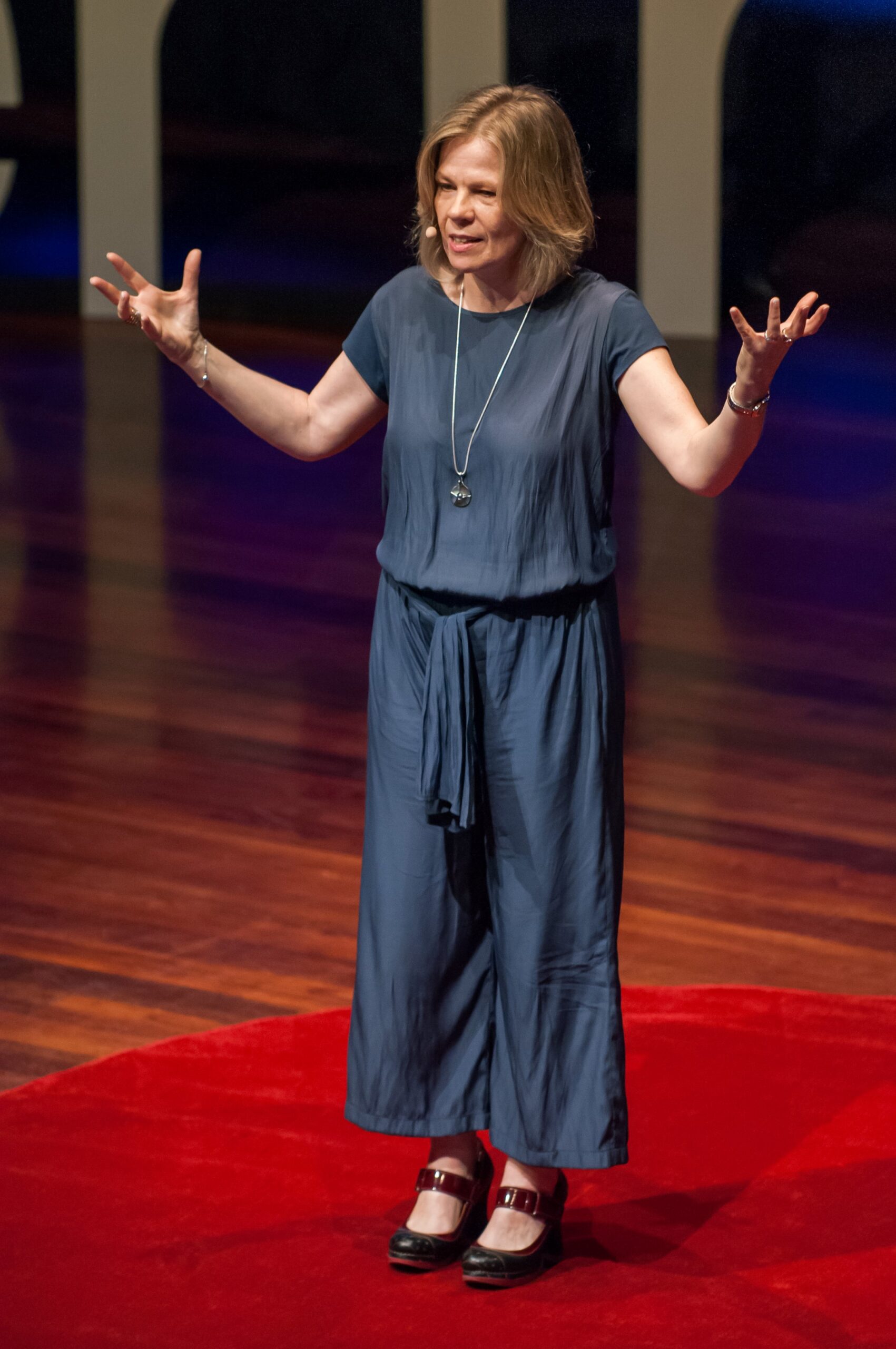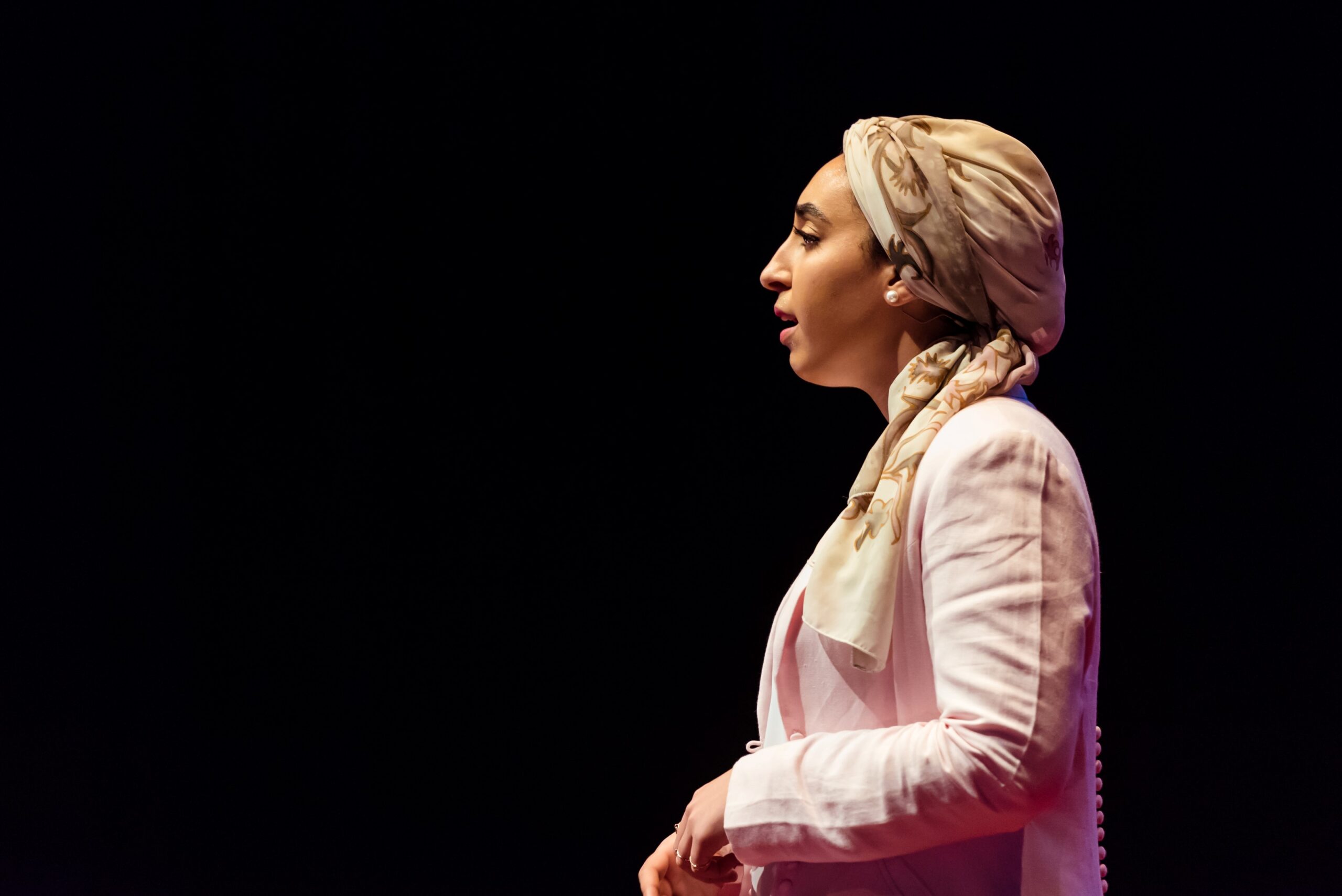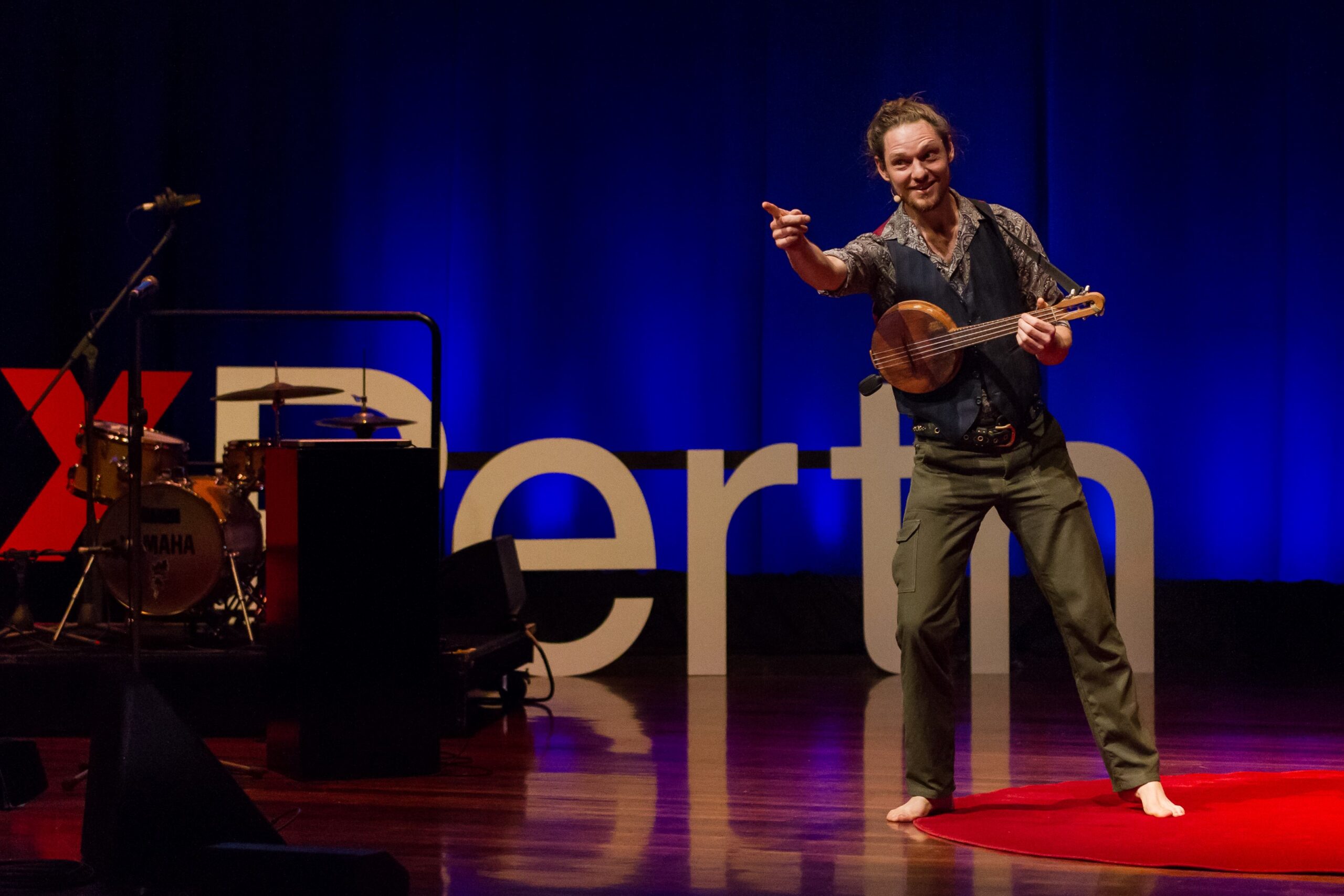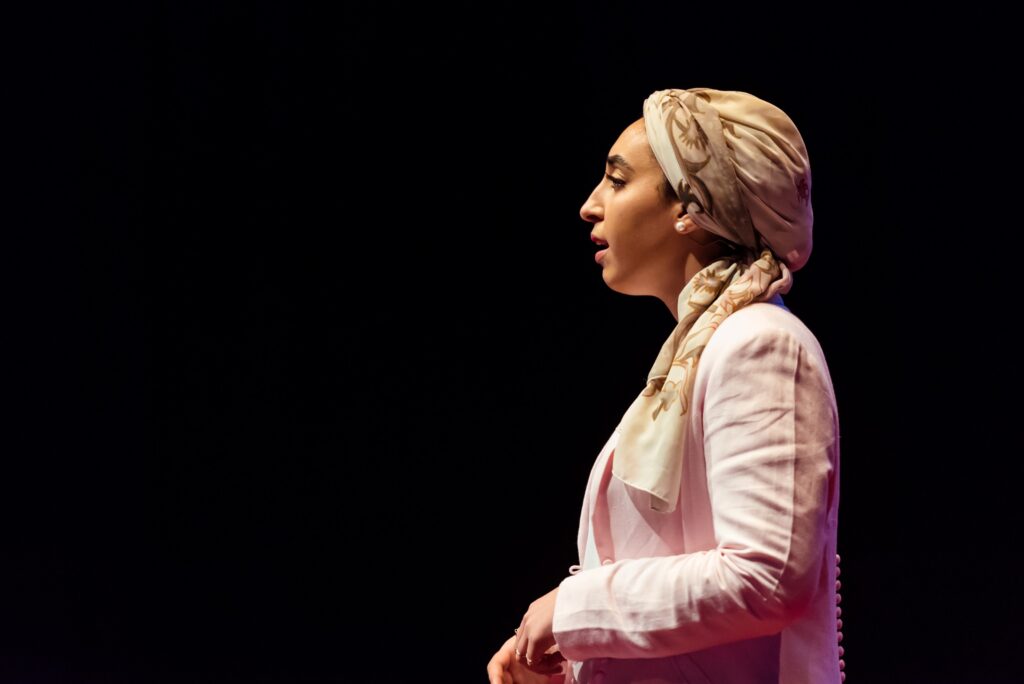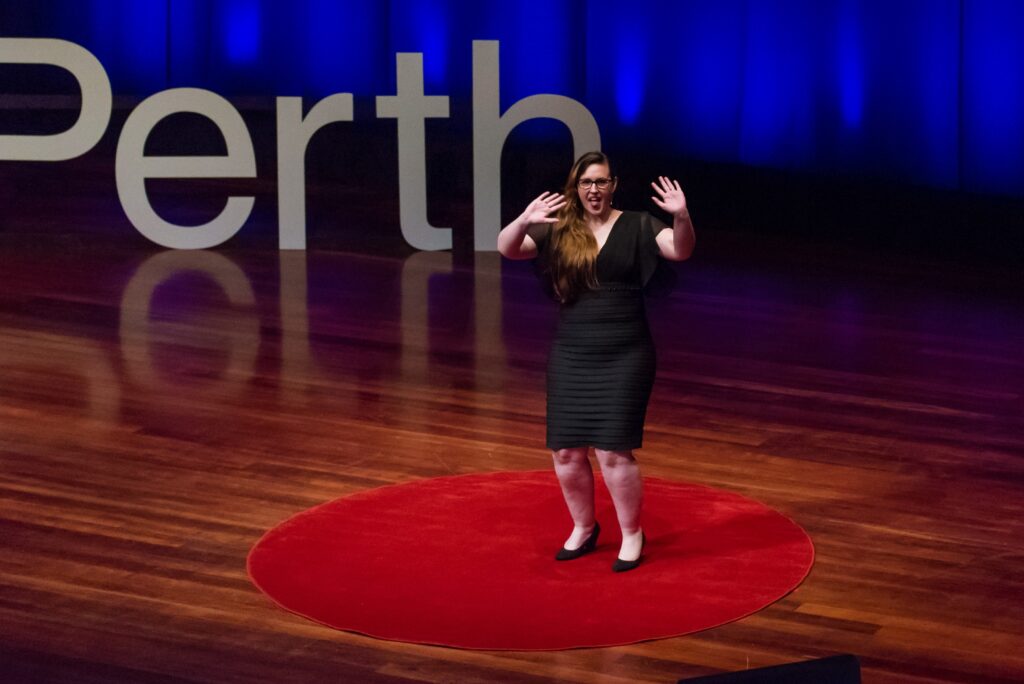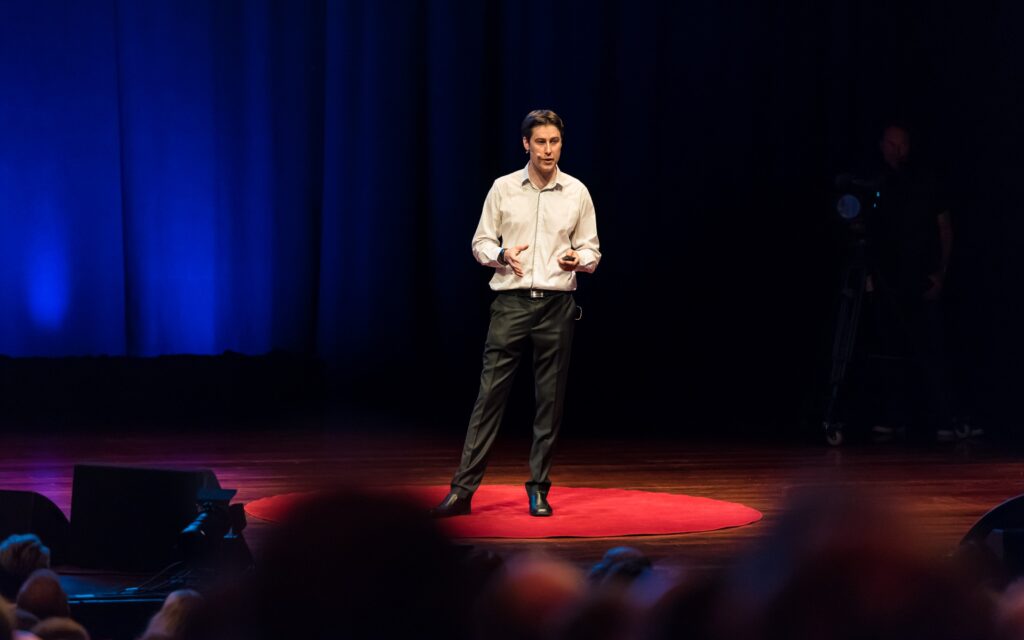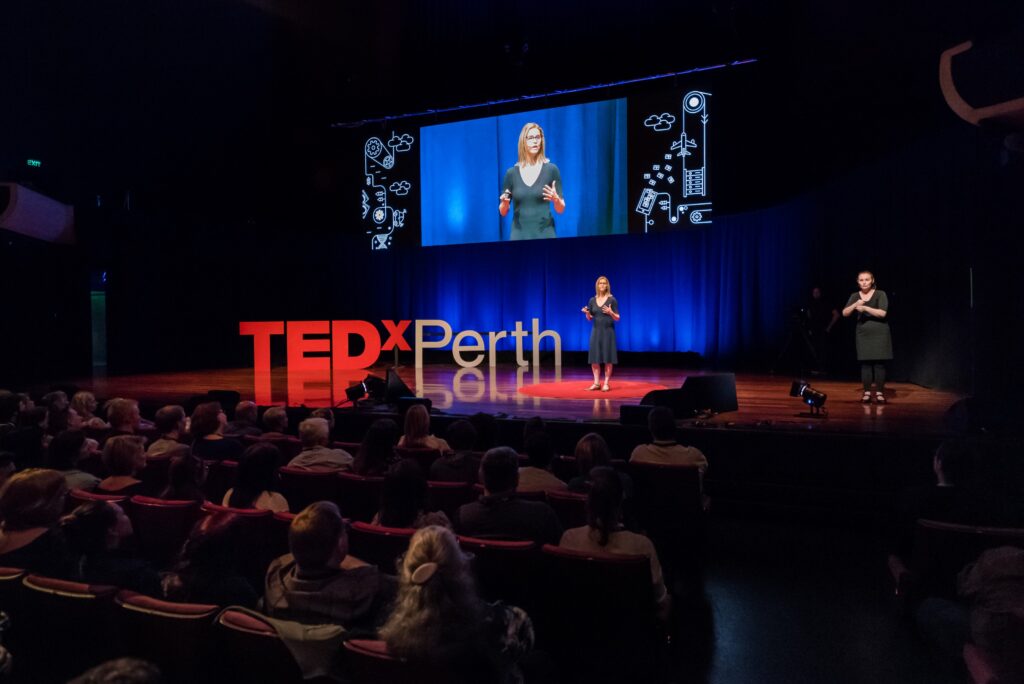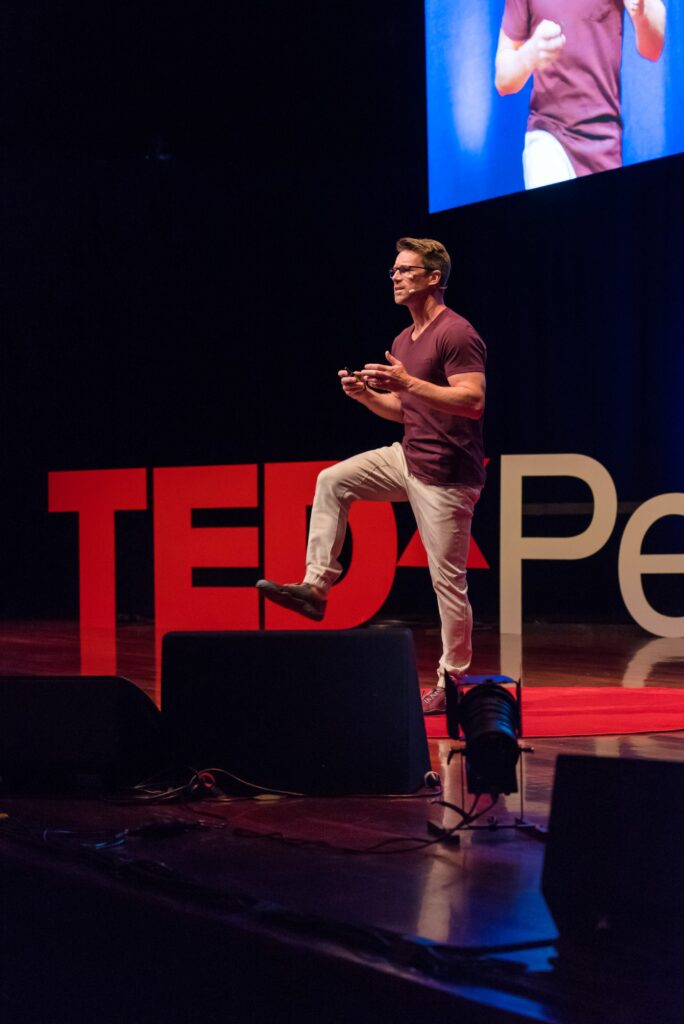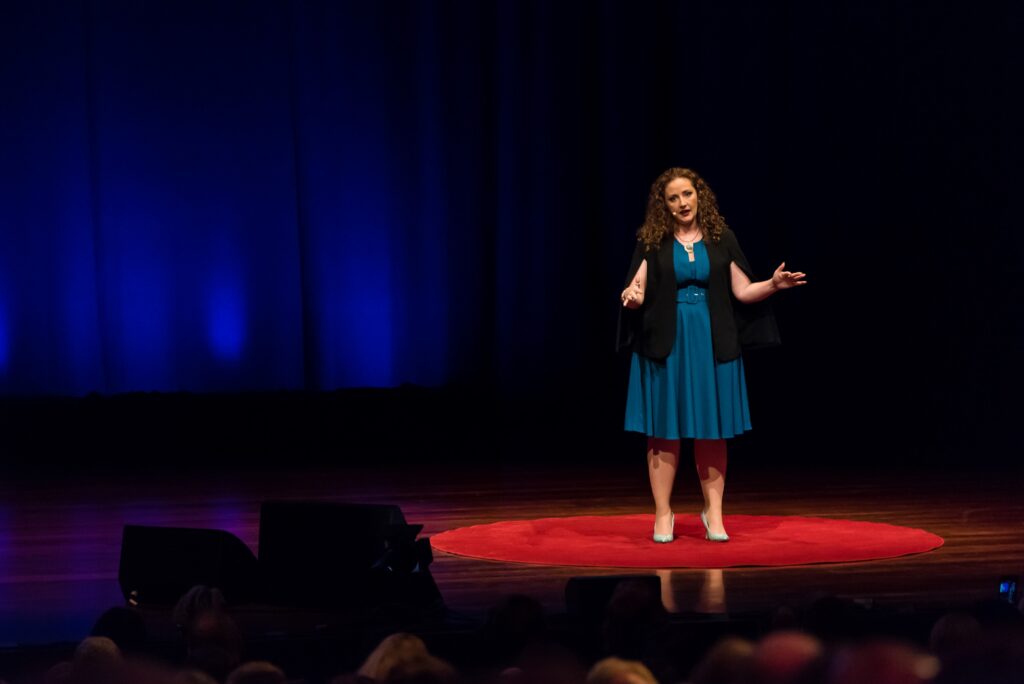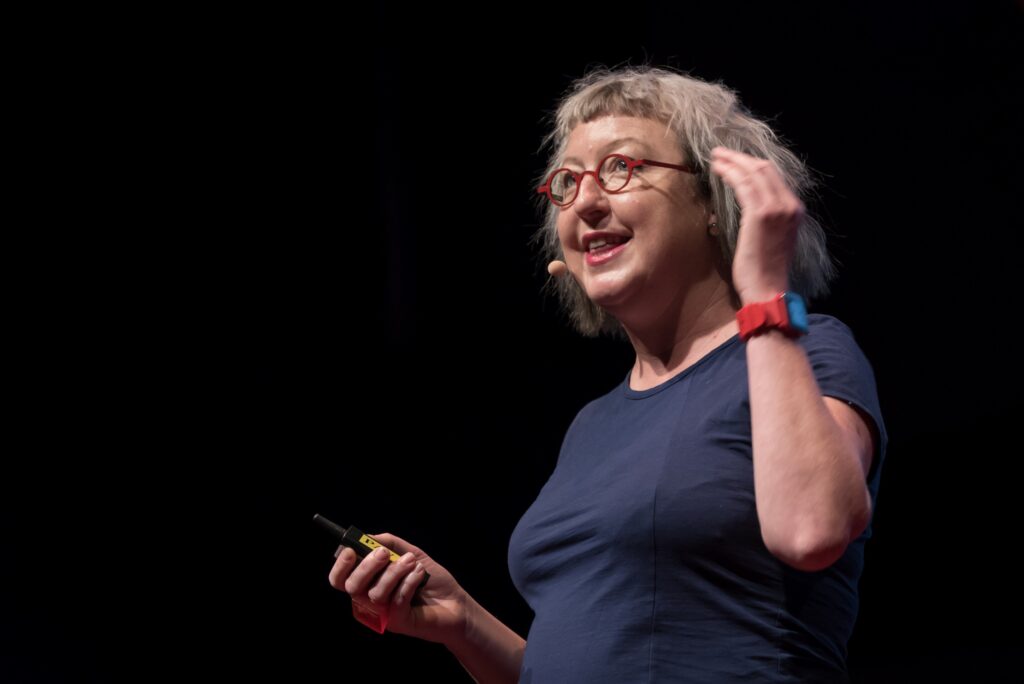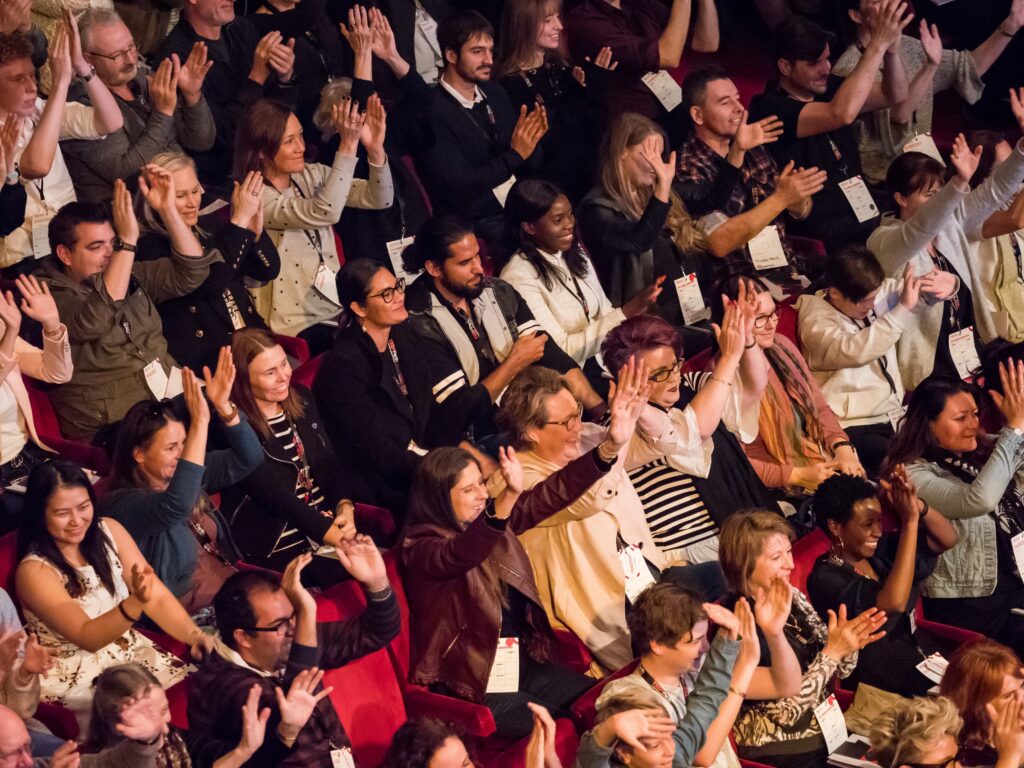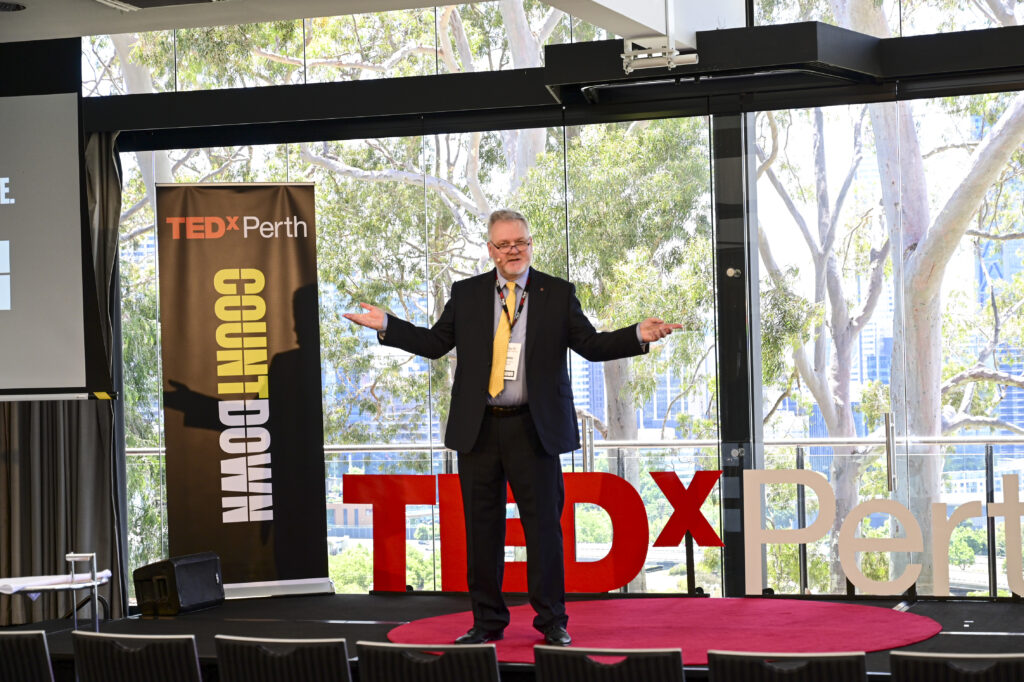At this event
About this event
TEDxPerth returned to Perth Concert Hall on Saturday 3 November for an amazing day of original ideas from some of WA’s brightest minds.
Unveiling big ideas with the potential to change the world, and small ideas that could change your life, TEDxPerth 2018 saw members of the global TEDx community come together for a day packed with powerful talks, live performances, live speaker Q&As and, for the first time, short films.
Another first for 2018 was the inclusion of Auslan translators. Cara Smith and Christy Filipich joined our speakers on stage, making their ideas accessible to deaf and hard-of-hearing audience members.
TEDxPerth 2018 reminded us that we live in an extraordinary age of wonder, opportunity, and technological brilliance. And despite all the distractions of daily life it’s essential we look to the horizon, and make time to think about where we’re going, and how we want to get there–with no-one left behind.
Your day at TEDxPerth will be a journey through ideas and innovations. Starting with a warm welcome and introductory session, you will be guided through a series of talks, with breaks to reflect, discuss, and network. The day concludes with a closing session, encapsulating the spirit of the day and leaving you inspired.
